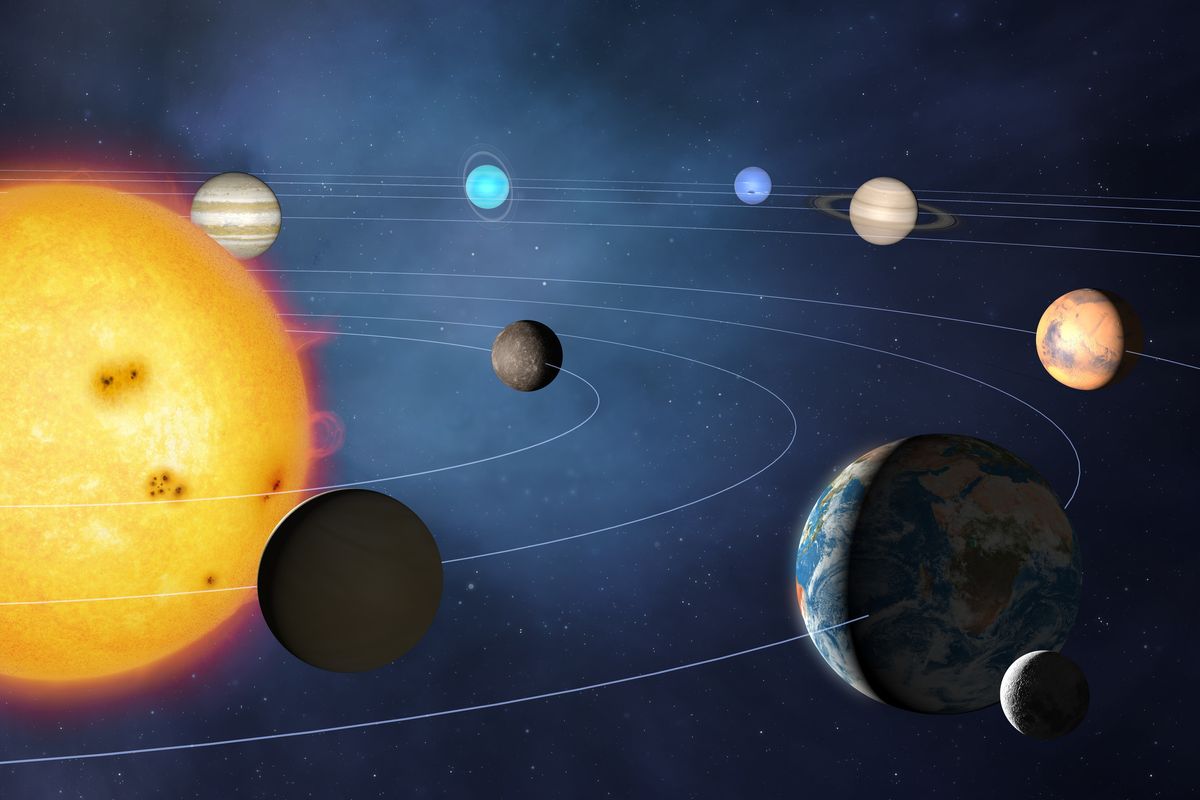
In other words, solar wind and interstellar particles meet and form a boundary at the far reaches of the solar system.
Earthlings first got a glimpse of the solar system's outer edge in 2012, when Voyager I, a NASA spacecraft that launched in 1977, crossed into interstellar space, according to NASA.Equipped with golden records full of Bach, Louis Armstrong and humpback whale songs, in addition to their scientific instruments, Voyagers 1 and 2 reported a sudden dropoff in solar particles and a substantial increase in galactic radiation when they left the solar system, according to NASA's Jet Propulsion Laboratory at the California Institute of Technology.
In one direction — that in which the ever-moving sun plows through the space in front of it, encountering cosmic radiation — the outer heliosphere extends about 110 AU, but in the opposite direction, it's much longer, at least 350 AU, according to Reisenfeld.
"The sun will send out a pulse … and then we passively wait for a return signal from the outer heliosphere, and we use that time delay to determine where the outer heliosphere must be," Reisenfeld explained.
As the sun circles the outer rim of the Milky Way, the solar wind keeps cosmic radiation at bay, forming a protective bubble.This is good for us, since "that radiation can damage spacecraft and it can be a health hazard for astronauts," Reisenfeld said.
Reisenfeld noted that there is a correlation between the strength of the solar wind and the number of spots on the sun?
If all goes according to plan, IMAP will reveal further details about interactions between solar winds and cosmic radiation at the solar system's edge. .